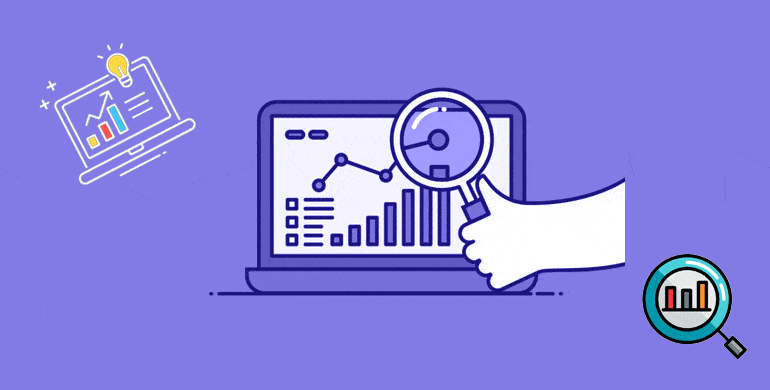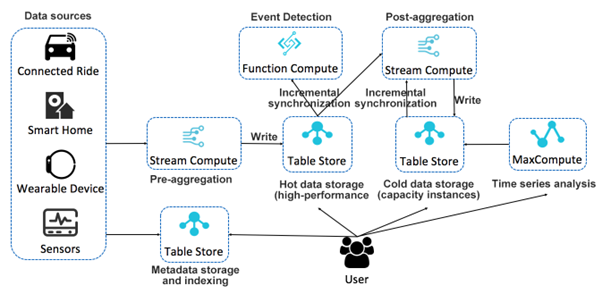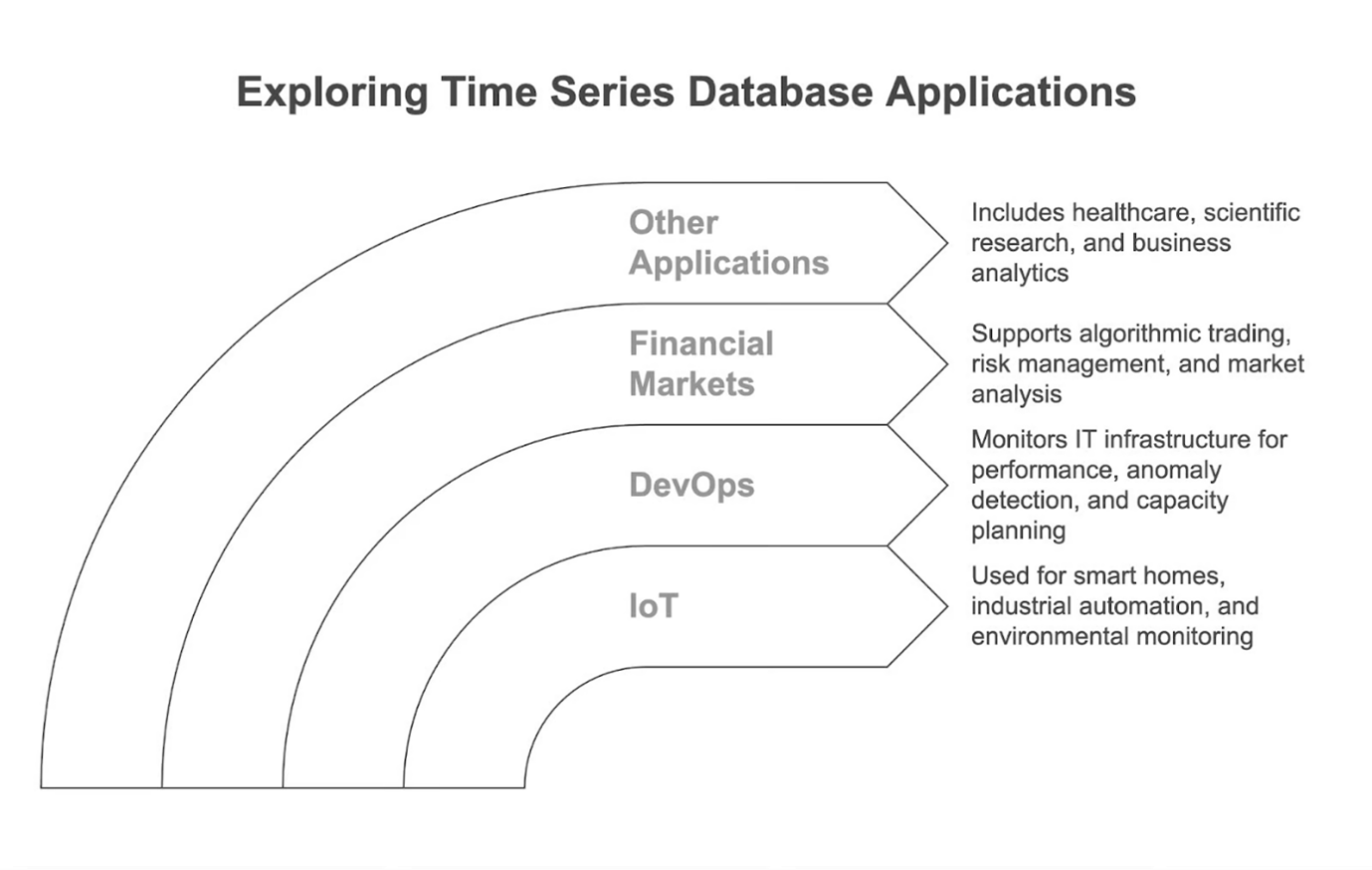Time-Series Database

You’re surrounded by time-series data. You just don’t realize it yet.
Every device you touch.
Every app you open.
Every transaction you make.
All are leaving a footprint—a time-stamped data trail that tells a story over time.
This is what we call Time-Series Data, and it's quietly becoming the most valuable asset in the digital economy.
But here’s the catch: Traditional databases aren’t cut out for this kind of data.
That's where a Time-Series Database (TSDB) comes into play.
In this blog, let’s break down what Time-Series Database really is, why it's exploding in popularity, where it's used, and why it's different from your old-school databases. Plus, we’ll look at Time-Series Database Use Cases and the Time-Series Database Benefits that businesses can no longer afford to ignore.
What is Time-Series Data? And Why is it Different?
If you collect data over time and always link it to a number, that data is called time-series data.
Heartbeat data from your smartwatch every second is an example of time-series data.
- Every minute, stock prices change.
- Every millisecond, sensors in plants send data from machines.
- Websites keep logs of what users do every hour.
Adding time to Time-Series Data is what makes it different. Time-Series Data changes all the time, unlike regular data, which might or might not change often. It needs to be stored, analysed, and queried quickly to find trends, patterns, and outliers.

So, What is a Time-Series Database?
A Time-Series Database (TSDB) is a type of database built specifically to handle Time-Series Data.
It is:
- Optimized for fast ingestion of high-frequency data.
- Designed to manage huge volumes of time-stamped entries.
- Built for efficient querying and analyzing data trends over time.
Where traditional databases might fail or get overwhelmed, a Time-Series Database thrives.
Why is Time-Series Database So Hot Right Now (2025 Edition)?
The world is producing Time-Series Data faster than ever:
- IoT devices are everywhere.
- Smart factories are loaded with sensors.
- AI models need real-time data streams.
- Everything is connected, logged, and monitored.
Over 80% of business data will be time-stamped by 2025, according to studies in the field.
To make sense of this huge amount of data before it drowns them, more and more companies are switching to Time-Series Database technologies.
Time-Series Database Use Cases That Are Dominating 2025
Let’s see some real-world Time-Series Database Use Cases making noise in 2025:
1. IoT & Smart Devices
A lot of IoT devices send monitor data in real time, like temperature, humidity, movement, and other things. Time-Series Database can handle this huge amount of data without any problems and gives real-time insights.
2. Finance & Crypto Markets
Prices of stocks, deals in cryptocurrencies, and market volumes all change all the time. Financial companies can watch, analyse, and move in real time with TSDB.
3. Healthcare & Fitness Tech
Every second, wearables are keeping track of vital signs. To find health risks, medical monitoring tools need to look at real-time data about patients. TSD is the only database that can keep up with this flow.
4. Energy & Smart Grids
To manage power lines and predict how much energy will be used, millions of data points must be tracked every second in many places. TSDB gives this speed and the ability to grow.
5. Software, SaaS, and App Monitoring
Companies can't miss a beat when they're keeping an eye on server logs, API calls, and user behaviour. Time-Series Database Use Cases in software are now the standard way to track real-time performance and analyse user data.

Time-Series Database vs Relational Database: Why It's Not the Same Game
Many still think, “Why not just use MySQL or PostgreSQL?”
Here’s why that thinking is outdated in 2025.
| Feature | Time-Series Database | Relational Database |
| Data Type | Time-stamped, high-frequency data | Structured, transactional data |
| Performance for Time-Series | High | Low |
| Data Compression | Advanced (saves huge storage) | Basic |
| Real-time Query Support | Optimized | Limited |
| Scalability for billions of records | Easy to scale | Difficult and costly |
In short:
Time-Series Database vs Relational Database is like comparing a high-speed bullet train to a city bus.
Both have wheels, but one is designed to go much, much faster over long distances of time-based data.
Time-Series Database Benefits: Why Businesses are All In
The Time-Series Database Benefits go beyond speed:
- Real-Time Decision Making: Know what's happening in your systems, markets, or devices right now.
- Storage Savings: Compress years of high-volume data into compact storage formats.
- Predictive Analytics Ready: Feed time-based data directly into AI and machine learning models.
- Anomaly Detection: Instantly detect and alert on unusual patterns—essential for security, finance, and health sectors.
- Simplified Querying: Built-in functions to analyze patterns, trends, and forecasts without complex SQL gymnastics.
In 2025, Time-Series Database Benefits have made TSDB the backbone of modern data infrastructures.
Popular Time-Series Database Technologies Leading the Charge
You might be wondering:
"Which tools are leading the TSDB revolution?"
Some of the most popular Time-Series Database technologies include:
- InfluxDB
- TimescaleDB
- Prometheus
- OpenTSDB
- QuestDB
These tools are not just for tech giants—they’re accessible to startups, SMEs, and enterprises alike.

Who Should Care About Time-Series Database in 2025?
You might think, "This sounds technical, is it relevant to me?"
The answer is YES if you:
- Run a SaaS product and want to monitor users and performance.
- Manage a factory and need predictive maintenance.
- Operate in finance or crypto and want real-time dashboards.
- Work in healthcare, fitness tech, or logistics.
- Are into AI, ML, or data science and need quality time-stamped data.
In short, if your business touches data (and whose doesn’t?), a Time-Series Database should be on your radar.
Time-Series Data: The Gold Rush Businesses Can’t Afford to Miss
We live in a real-time world.
Delays cost money.
Missing patterns can lead to disasters.
The rise of Time-Series Database Use Cases shows that businesses who adopt early gain a serious edge:
- Faster decision-making.
- More efficient operations.
- New revenue streams powered by data.
The Time-Series Database Benefits are no longer optional in 2025. They are foundational.
Key Takeaways: Why Time-Series Database is the Future
- Time-Series Data is everywhere and exploding in volume.
- Traditional databases struggle under the weight of high-frequency, time-stamped data.
- Time-Series Database offers unmatched performance, scalability, and efficiency.
- The difference between Time-Series Database vs Relational Database is night and day when handling time-based data.
- The Time-Series Database Benefits are driving adoption across industries, from finance to fitness.
If your business ignores Time-Series Data, you risk flying blind.
If you embrace a Time-Series Database, you position yourself to move faster, see clearer, and act smarter in a hyper-connected world.
In 2025, Time-Series Database isn’t a luxury—it’s a competitive advantage.

